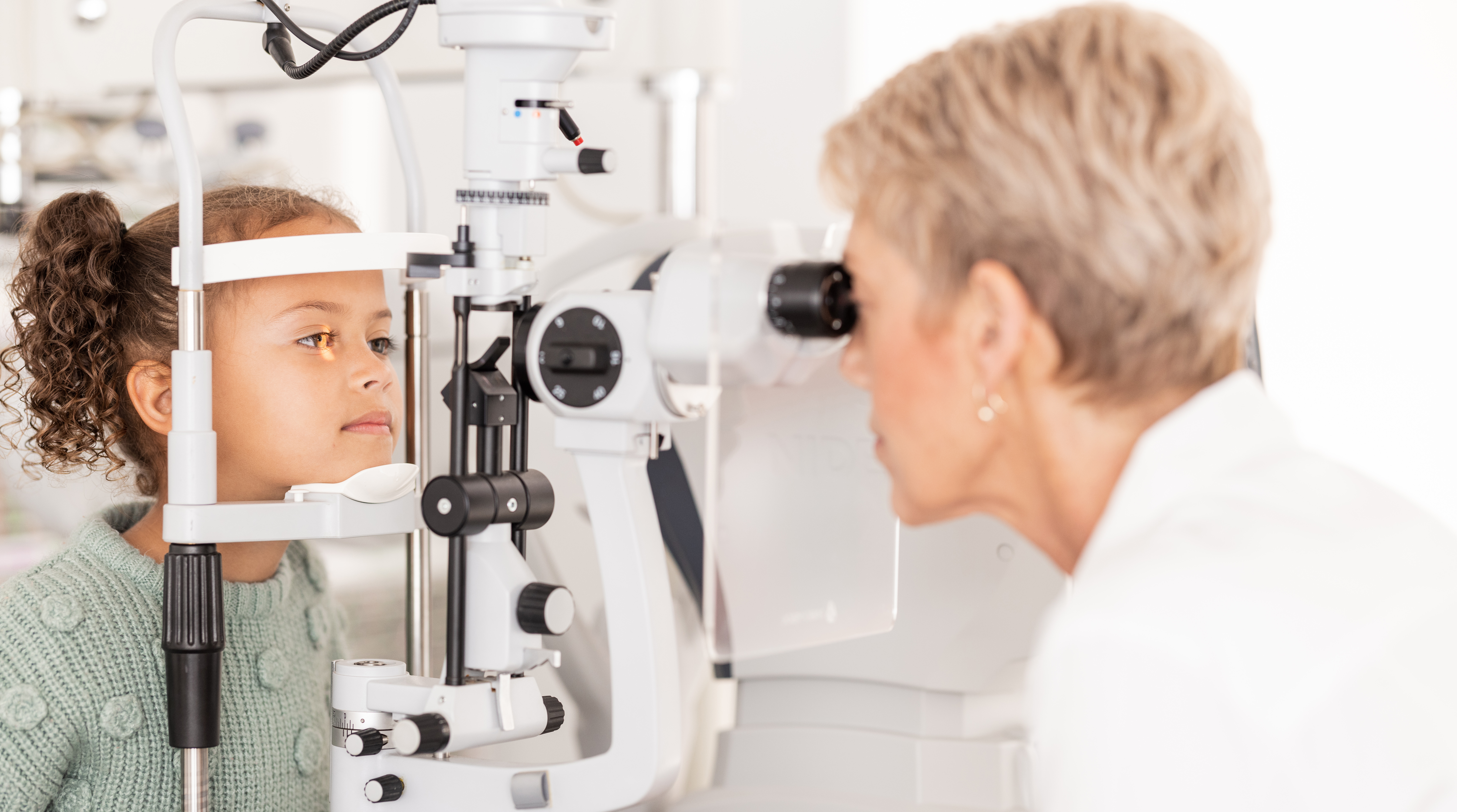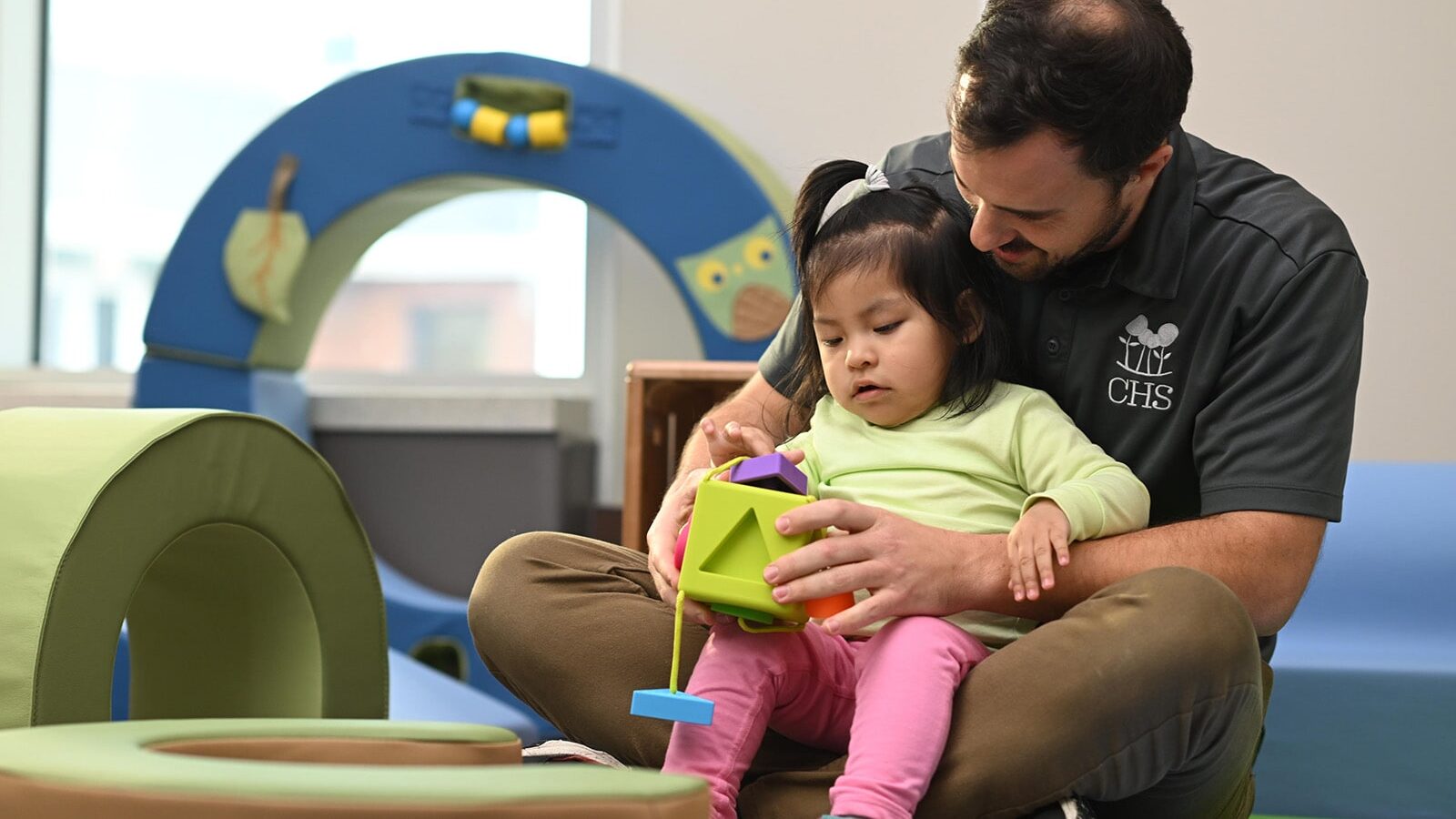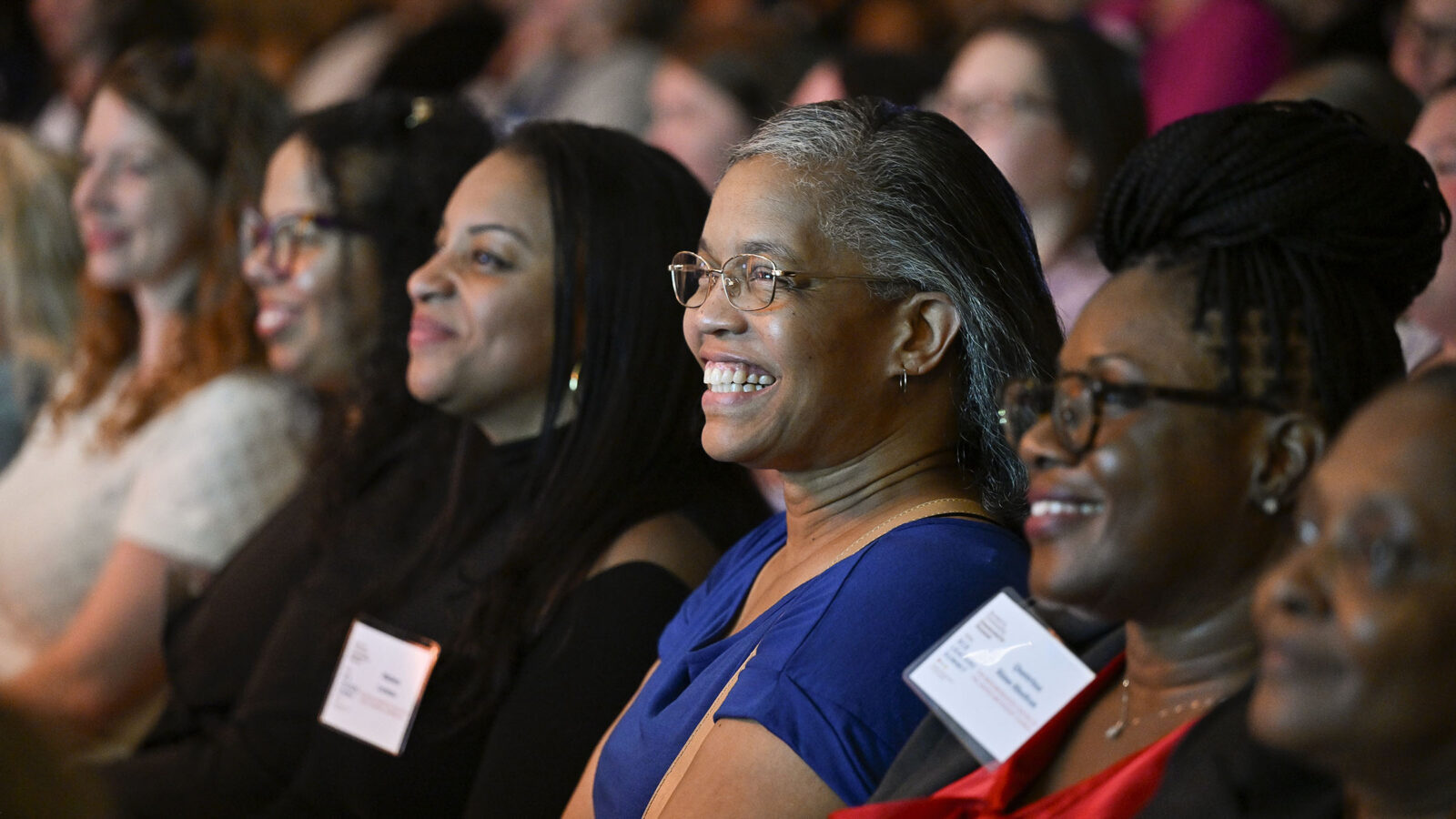Integrating STEM Activities Every Day

It’s been more than two decades since the STEM acronym was officially coined in 2001 by the U.S. National Science Foundation amid concerns that the new century’s high-tech world required a different approach to teaching for America’s children. The abbreviation for science, technology, engineering, and mathematics, is used to describe both education and careers in those fields.
In 2021, there were nearly 10 million workers in STEM occupations, and this total is projected to grow by almost 11% by 2031, over two times faster than the total for all occupations. Despite integrating STEM curricula into schools, there are still concerns that the education system is not producing young people with the skills to take advantage of these roles. US manufacturing, for example, is expected to have 2.1 million unfilled jobs by 2030.
This talent gap is leading some companies to develop long-term initiatives to improve the pipeline of candidates into these careers.
Although many families may associate STEM with teacher-led instruction in computer or advanced mathematical skills, educators in early childhood education can intentionally integrate STEM throughout a young child’s typical routines and daily activities.
Preschoolers’ free play involves substantial amounts of foundational STEM skills as they explore patterns, shapes, and spatial relations, compare magnitudes, engineer with various materials, and explore scientific phenomena and concepts. Play-based curricula have been shown to be particularly effective for early learning. These practices can be directly applied to STEM and the scientific inquiry process. They can be embedded across activities that are already of interest to children or are part of their daily functional routines.
Children are hardwired to learn through play and curiosity. The drive to explore, interact, and observe is something we are born with. This means that the early childhood years, from birth to age 5, have long been accepted as a critical point in brain development, and incorporating STEM curricula can set children on a path to develop a love of scientific inquiry.
The National Association for the Education of Young Children (NAEYC) has resources for educators and families to create experiences for young learners, including hands-on experiences that allow children to explore their curiosities and interests and develop and test theories in everyday situations. There are also resources to help plan your day to build STEM into everything from circle time to home time. You can also talk, read, and sing about it.
Integrating STEM vocabulary into daily interactions with children is another way not only to build language skills but also to help them use the same vocabulary that scientists and engineers use as they engage in STEM activities, such as observing, investigating, comparing, measuring, designing, and building.
It’s not just about turning out potential STEM professionals. STEM activities build so-called 21st-century for everyone, often called the 4 Cs: critical thinking, creative thinking, communicating, and collaborating. Whether it’s building structures with popsicle sticks/toothpicks and marshmallows or creating a milk-bottle xylophone, STEM activities build the skills that help children (and adults) to learn, which will lead to success in school and throughout their lives.




